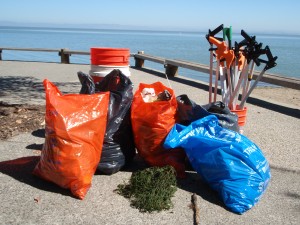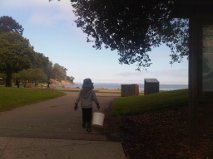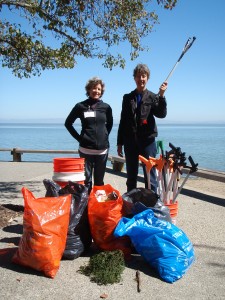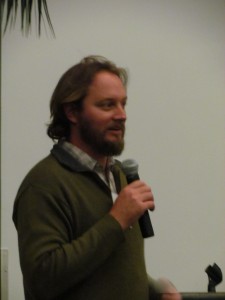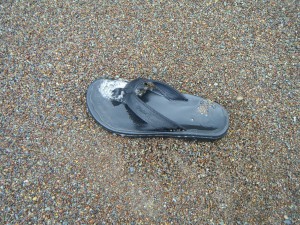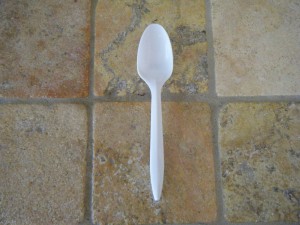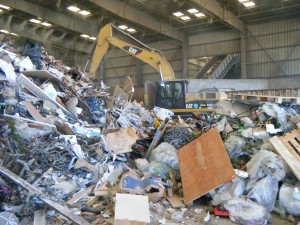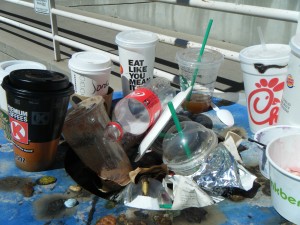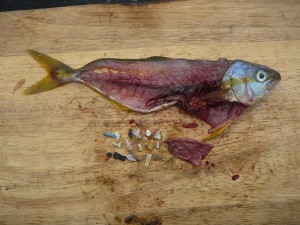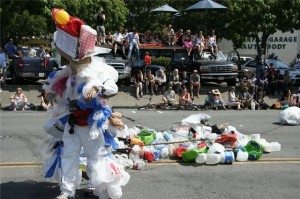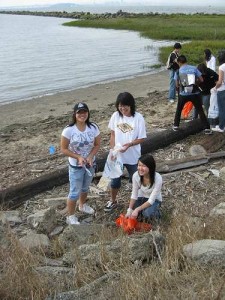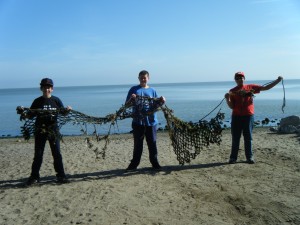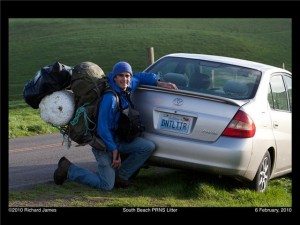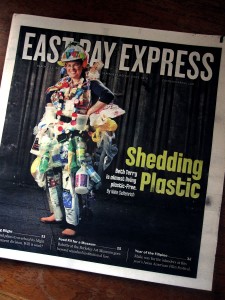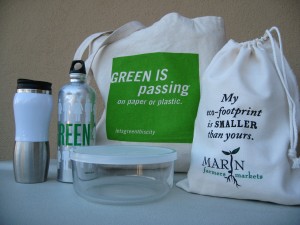 California Coastal Cleanup Day may be the largest marine-related volunteer event in the world. This year’s slogan is “Help make trash extinct”! You can help reach this goal and contribute to citizen science while enjoying a day of fresh air and heart-filled service to the environment . . . and who doesn’t love beach-combing?
California Coastal Cleanup Day may be the largest marine-related volunteer event in the world. This year’s slogan is “Help make trash extinct”! You can help reach this goal and contribute to citizen science while enjoying a day of fresh air and heart-filled service to the environment . . . and who doesn’t love beach-combing?
Where:
1. McNear’s Beach, 201 Cantera Way, San Rafael (among scores of locations around the Bay Area), a lovely bayside park overlooking the northern bay.
2. Damon Marsh, MLK Jr. Regional Shoreline, a 741-acre park protecting the remainder of a once-extensive marshland at San Leandro Bay. The park includes the Martin Luther King Jr. Memorial Grove, completed with community support and dedicated in 1993. The 50-acre Arrowhead Marsh is a stop-over on the Pacific Flyway and is part of the Western Hemisphere Shorebird Reserve Network.
When: Sat, Sep 21, 9am – noon. Cleanup starts with a brief orientation and safety talk. Come early even if you can’t stay the whole three hours.
McNear’s Beach includes about one mile of shoreline, and is a relatively well-cared-for beach, but in 2012 we still managed to collect 91 pounds of trash and 6 pounds of recyclables!
More about McNear’s Beach here.
- Sturdy, closed-toe shoes
- Hat and other sunblock
- Sunglasses
- Water bottle (no single-use plastic, please!)
- Jacket in case of wind
Also bring your own reusable supplies if possible, to help cut down on waste and save funds. This could mean a bucket, trash bags, and gloves if you have.
Directions to McNear’s: Drive out Point San Pedro Road from central San Rafael; signs will show you the park entrance. Tell the ranger you’re volunteering with the beach cleanup, then park at the far (northerly) end of the lot. We’ll be at the picnic tables by the snack bar. Beach captain: Maeve Murphy (455-9577). Click here for a map. Please consider biking, public transport, or carpooling to the site with your friends. Volunteers who drive to the cleanup can park for free (the normal weekend fee is $10 per car); just tell the rangers at the entrance that you’re a CCC Day volunteer.
You are invited to the Bay Model in Sausalito for an after-cleanup barbecue. To prevent waste, please BYO plate, cup, and eating utensils as only throw-aways are provided.
Directions to Damon Marsh:
· If you’re driving on 880 take the 66th Ave/Zhone Way exit and turn toward the airport (west).
· Drive to Oakport St and turn R (there will be a sign at the intersection).
· Proceed ¼ miles and on the L side you will see a yellow gate and signs.
· Go through the yellow gate and follow the signs down the entrance road to the parking area.
· Sign-in area is by Damon Marsh Trail.
More information and additional sites listed by the California Coastal Commission here: California Coastal Cleanup Day.

